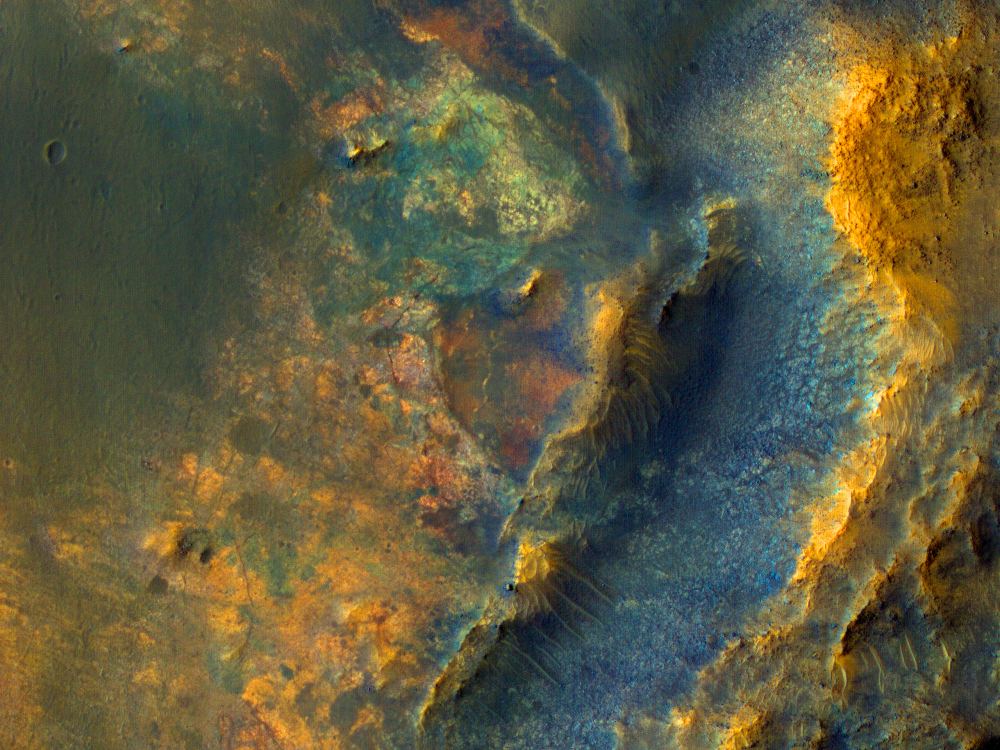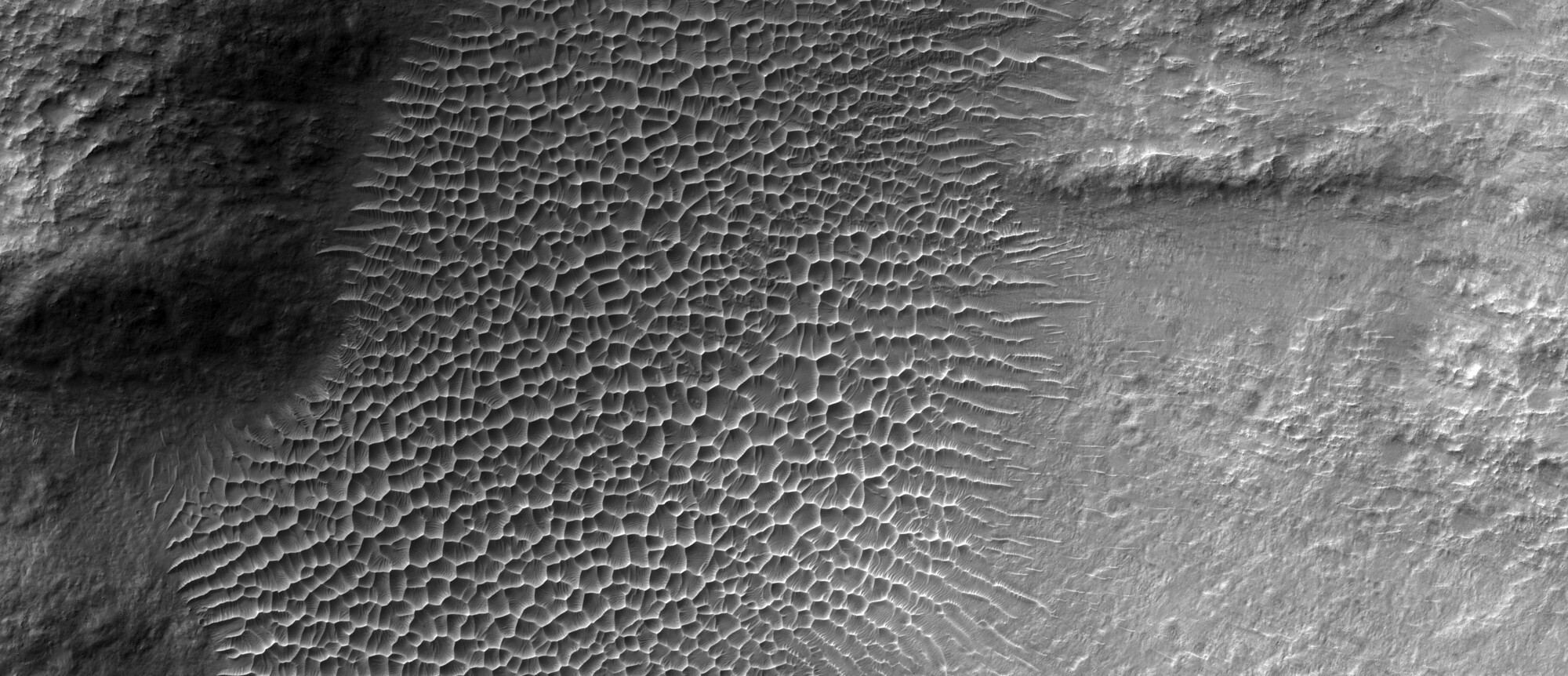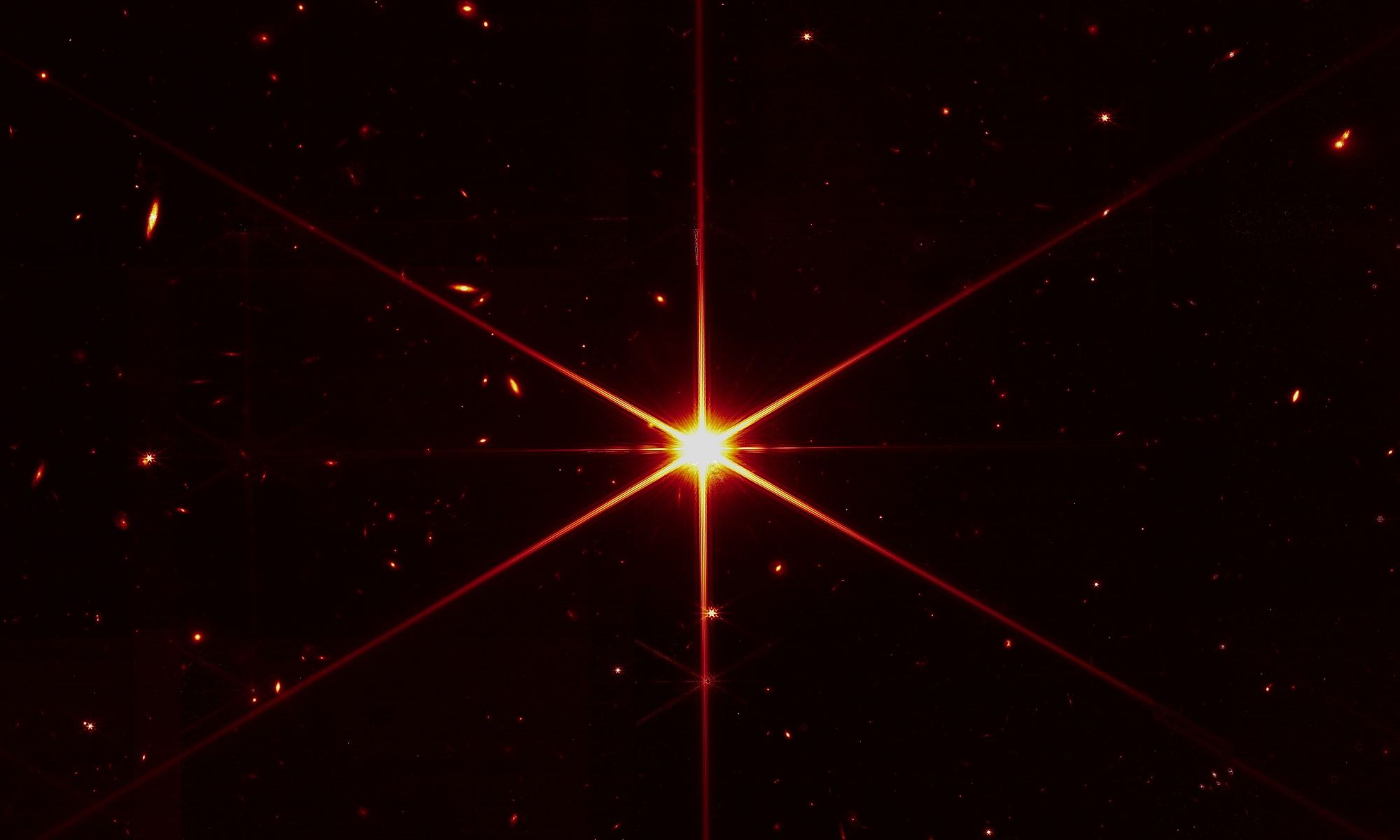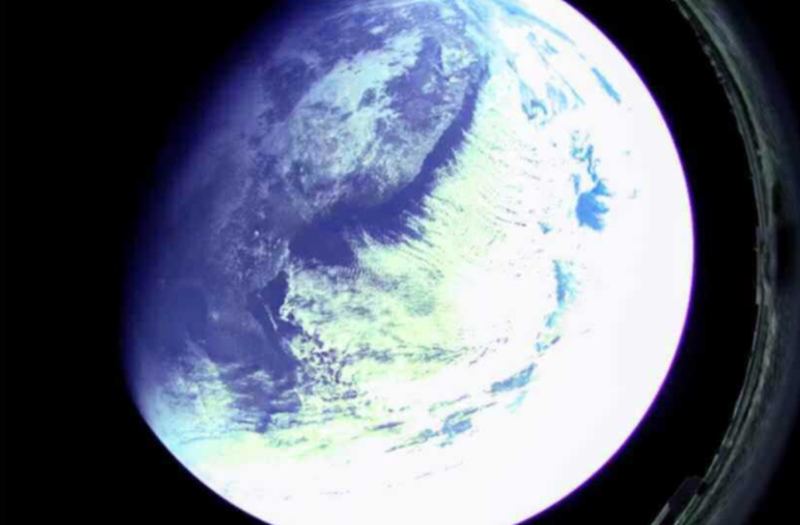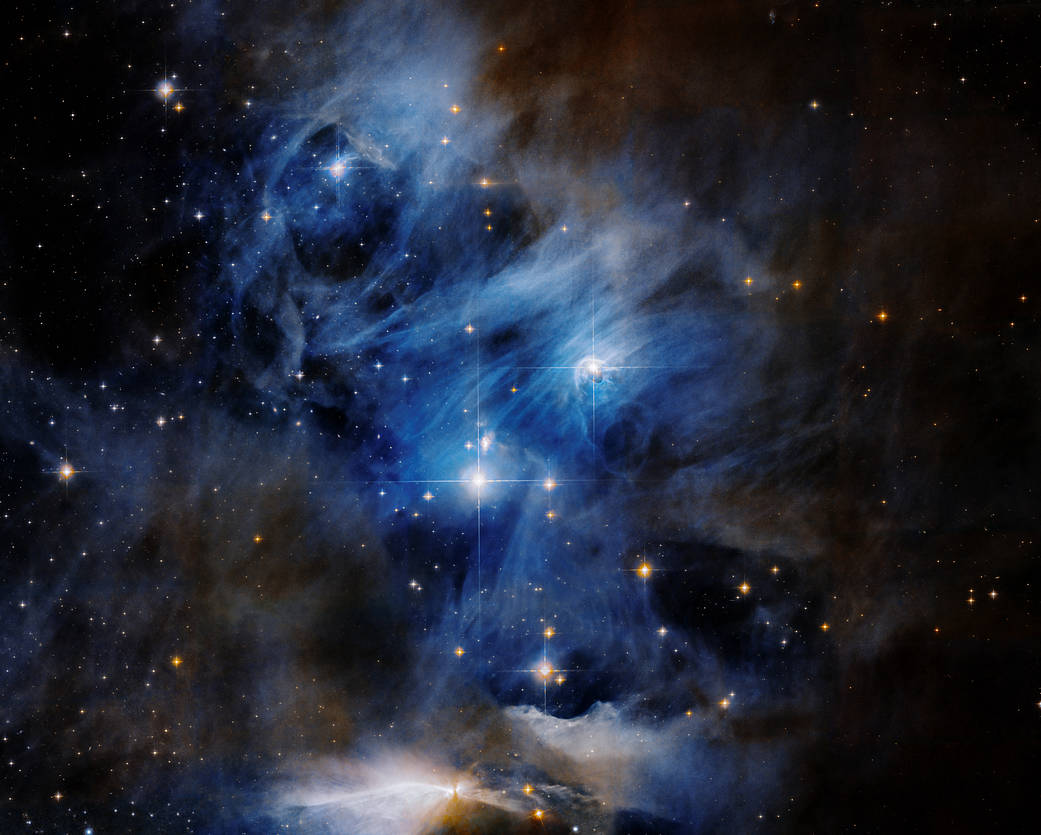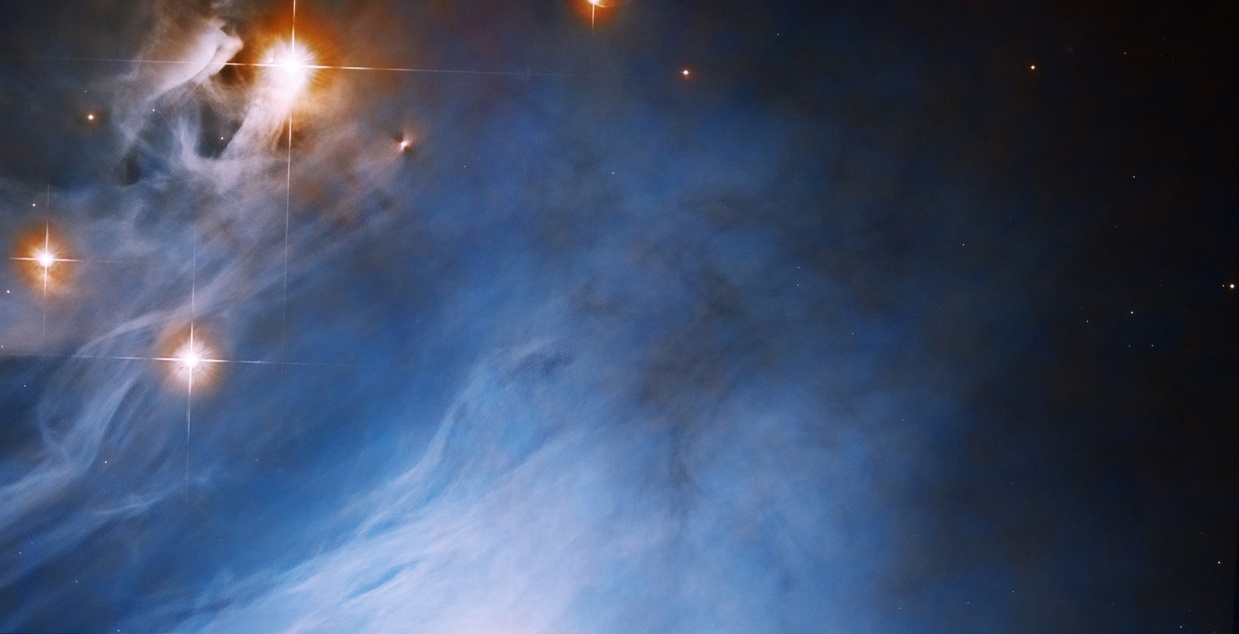Stars form inside vast collections of molecular hydrogen called molecular clouds, sometimes called stellar nurseries or star forming regions. Instabilities in the clouds cause gas to collapse in on itself, and when enough material gathers and the density reaches a critical stage, a star begins its life of fusion.
But molecular clouds aren’t always alone. They often exist in association with other clouds, and astronomers call these formations Cloud Complexes. The Chamaeleon Cloud Complex (CCC) is one of the closest active star forming regions to Earth. It’s further divided into three substructures called dark clouds, or dark nebula. They are Chamaeleon 1 (Cha1), Chamaeleon 2, and Chamaeleon 3.
NASA created a new composite image of Chamaeleon 1 based on Hubble images, and the vivid panorama brings Chamaeleon I to life.
Continue reading “Latest Hubble Image Shows the Star-Forming Chamaeleon Cloud”


